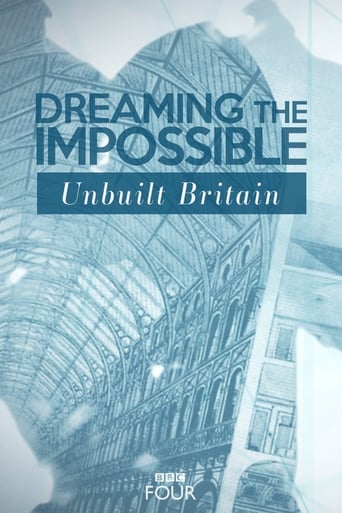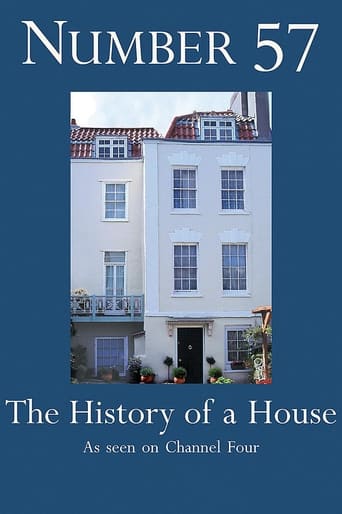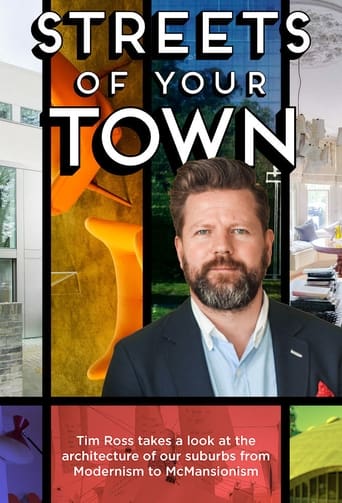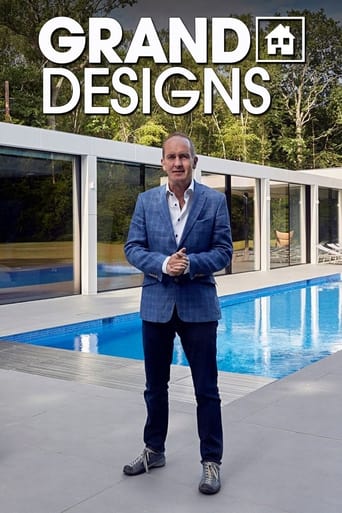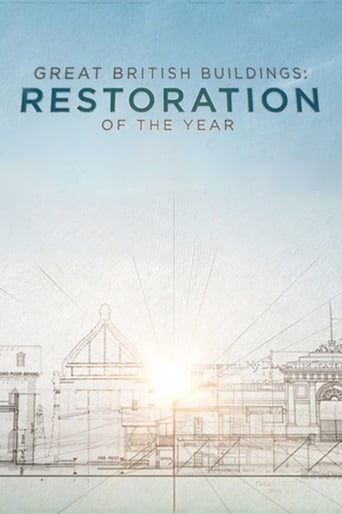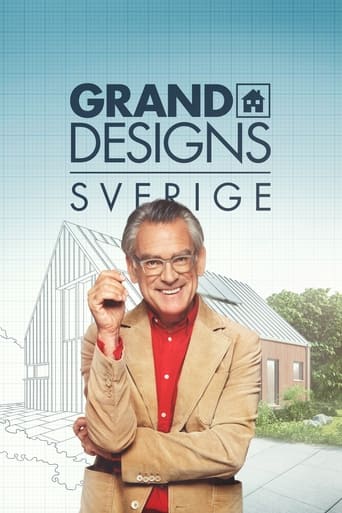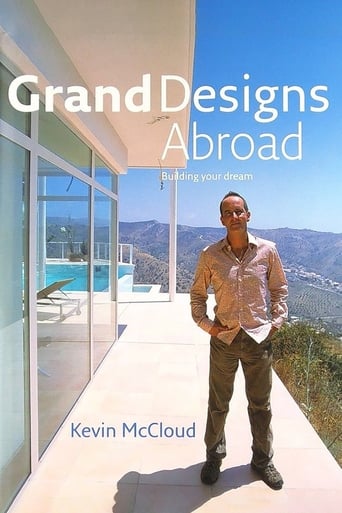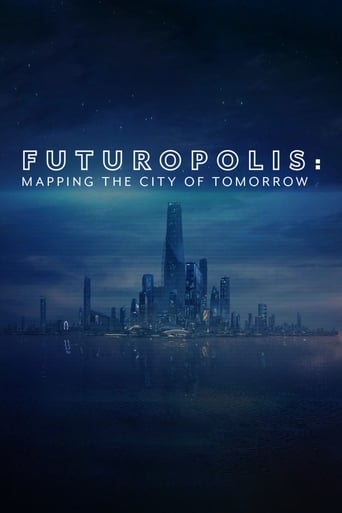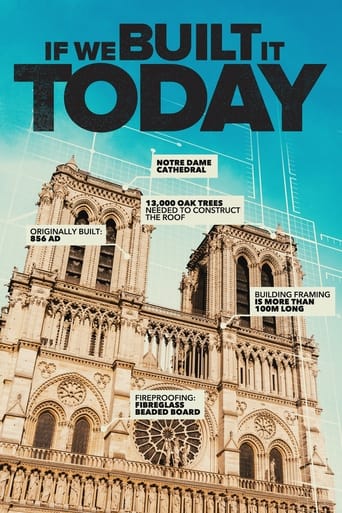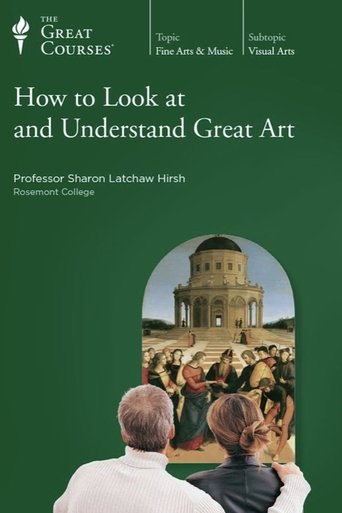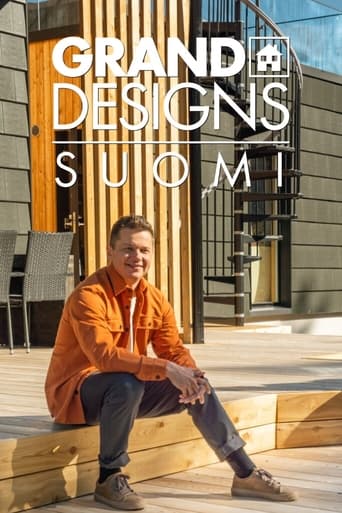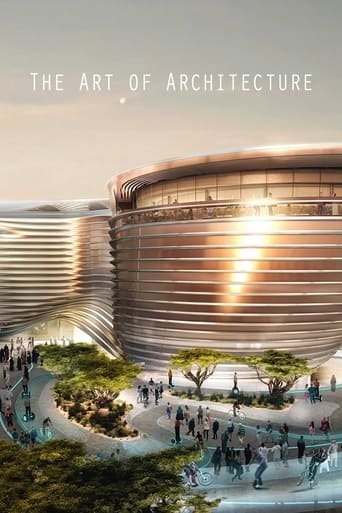
Rating:
0/10 by 0 users
Rebel Architecture (2014)
A documentary series profiling architects who are using design as a form of activism and resistance to tackle the world’s urban, environmental and social crises. The series follows architects from Vietnam, Nigeria, Spain, Pakistan, Israel/Occupied West Bank and Brazil who believe architecture can do more than iconic towers and luxury flats – turning away from elite “starchitecture” to design for the majority.
Writing:
Release Date:
Tue, Aug 19, 2014
Country: QA
Language:
Runtime:
Country: QA
Language:
Runtime:
Season 1:

Can Spanish self-build legend Santiago Cirugeda turn an abandoned factory into a vibrant cultural centre? We follow him as he takes on his biggest task yet, saving a huge abandoned cement factory, and negotiating with the authorities to let his National Architects’ Collective turn it into a vibrant cultural centre.

On a journey across the settlements and roads of the West Bank and along the Separation Wall, Israeli architect Eyal Weizman demonstrates how architecture is central to the Israeli occupation of Palestine.

Award-winning architect Vo Trong Nghia is on a mission to transform Vietnam’s attitudes towards architecture and urban spaces through his environmentally sustainable buildings.

Nigerian architect Kunle Adeyemi is pioneering floating buildings to solve the issues of flooding and land occupation that affect hundreds of thousands in African coastal cities, including the 85,000 residents of the Makoko slum in Nigeria’s capital Lagos.

Ricardo de Olivera is a Brazilian ‘pedreiro’, a real rebel architect. He has built over 100 houses with no formal training while utilising the most basic tools, all within his local community of Rocinha, Brazil’s largest favela, situated right in the centre of Rio de Janeiro.

Yasmeen Lari is Pakistan’s first female architect and one of the most successful providers of disaster relief shelters in the world. She has built more than 36,000 houses for victims of floods and earthquakes in Pakistan since 2010. Shunning the structurally weak, mass-produced houses offered by international organisations, Lari uses vernacular techniques and local materials such as lime and bamboo. Her houses have a tiny carbon footprint and are simple enough for people to build themselves. With this, she hopes to demonstrate the role that architecture can play in humanitarian aid.


